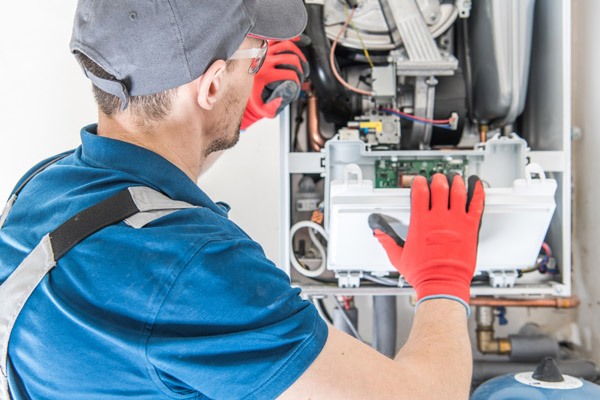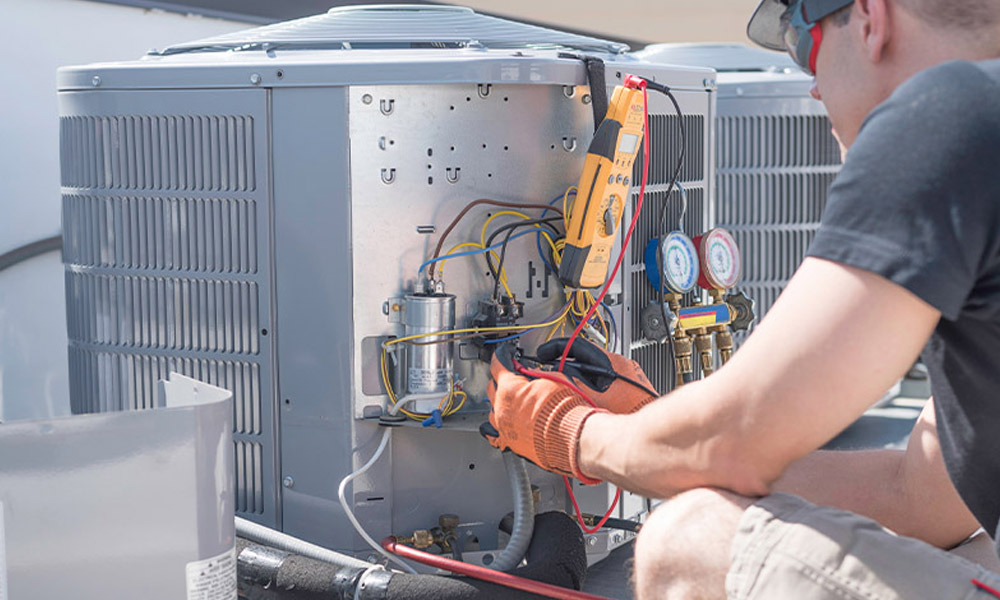Have your monthly expenses been climbing even though your usage habits remain the same? Are you adjusting the thermostat more often just to stay comfortable? If so, your outdated heating equipment might be affecting your budget. Systems that have been in use for years can struggle to perform efficiently, leading to unnecessary expenses.
A new furnace might seem like a large purchase, but relying on an aging unit often results in higher long-term costs. When heating components start to wear down, energy usage rises, which is reflected in utility bills. Recognizing how an outdated system affects expenses can help you manage household costs more effectively.
Decreased Performance Leads to Higher Consumption
As heating units age, internal parts begin to deteriorate. The blower may weaken, burners might not function fully, and airflow can become restricted. When essential components lose effectiveness, the unit requires more power to maintain warmth, which results in higher monthly payments.
Older systems operate at a fixed output, so they continue running even when full power isn’t needed. Modern alternatives have energy-saving settings that adjust according to demand, but aging models lack those features. This limitation causes unnecessary energy consumption, which adds to household expenses over time.
Ongoing Maintenance Can Become Expensive
Regular servicing is necessary to keep any heating equipment running smoothly. Over time, however, older units often require more frequent attention. Replacing worn-out parts can seem manageable at first, but ongoing repairs accumulate, making maintenance a significant expense.
Some signs indicate that continued repairs may not be cost-effective. If service calls are becoming more frequent or individual parts are failing repeatedly, the total expense of keeping an aging unit functional might outweigh the benefits. Instead of paying for multiple fixes, considering a replacement could be a better long-term solution.
Inconsistent Heating Increases Utility Expenses
An outdated heating system often struggles to distribute warmth evenly throughout a home. Some areas may feel too warm while others remain cold, causing homeowners to adjust the thermostat frequently. This pattern results in increased power use and higher bills.
Several factors contribute to uneven heating, including reduced airflow, inefficient burners, and worn-out ducts. When a system can no longer regulate temperature effectively, the overall energy demand rises. Addressing minor inefficiencies can provide some relief, but major issues often require a more permanent solution.
Older Technology Lacks Energy-Saving Features

Newer heating equipment includes advanced features that help optimize performance. Units with variable-speed motors, high-efficiency burners, and smart thermostats can adjust settings automatically to prevent energy waste. Older models, however, operate at a constant output without these enhancements.
A lack of modern technology means that an outdated unit may continue using energy unnecessarily, even when demand is low. In contrast, improved designs can regulate usage, ensuring no more power is consumed. This efficiency helps control monthly expenses and reduces overall consumption.
Why Calling the Professionals Matters
HVAC professionals accurately diagnose furnace inefficiencies, preventing unnecessary energy waste and costly repairs. They assess airflow, worn components, and heat loss, offering expert recommendations for repairs or upgrades. Proper installation ensures maximum efficiency, reducing long-term expenses. Professional guidance guarantees optimal performance, improving comfort while lowering monthly utility bills.
A new furnace can help lower household expenses by improving energy efficiency. Keeping an aging unit in operation often increases costs due to increased consumption, frequent repairs, and uneven heating. Investing in an upgraded system provides long-term savings and a more comfortable indoor environment.


